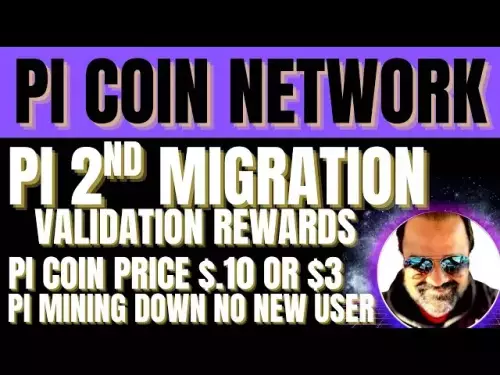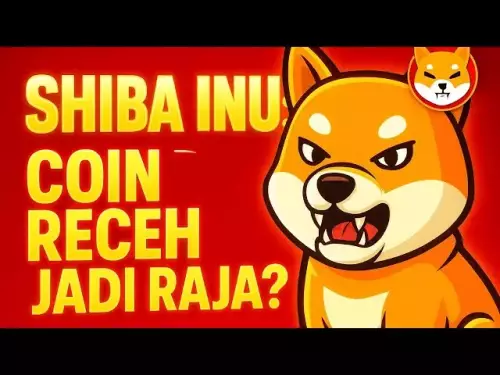-
 bitcoin
bitcoin $109523.663807 USD
-0.13% -
 ethereum
ethereum $4019.526508 USD
2.06% -
 tether
tether $1.000482 USD
0.00% -
 xrp
xrp $2.776815 USD
0.18% -
 bnb
bnb $958.942396 USD
0.12% -
 solana
solana $204.294698 USD
3.84% -
 usd-coin
usd-coin $0.999693 USD
0.00% -
 dogecoin
dogecoin $0.232115 USD
2.09% -
 tron
tron $0.338028 USD
0.84% -
 cardano
cardano $0.790920 USD
1.50% -
 hyperliquid
hyperliquid $44.871443 USD
5.60% -
 ethena-usde
ethena-usde $1.000322 USD
0.04% -
 chainlink
chainlink $21.034165 USD
2.60% -
 avalanche
avalanche $28.794831 USD
-0.54% -
 stellar
stellar $0.360466 USD
1.24%
How can I find undervalued NFTs through data analysis?
To spot undervalued NFTs, analyze on-chain data like floor price trends, holder distribution, and sales velocity, while cross-referencing rarity scores and social sentiment for hidden gems.
Aug 12, 2025 at 02:21 am
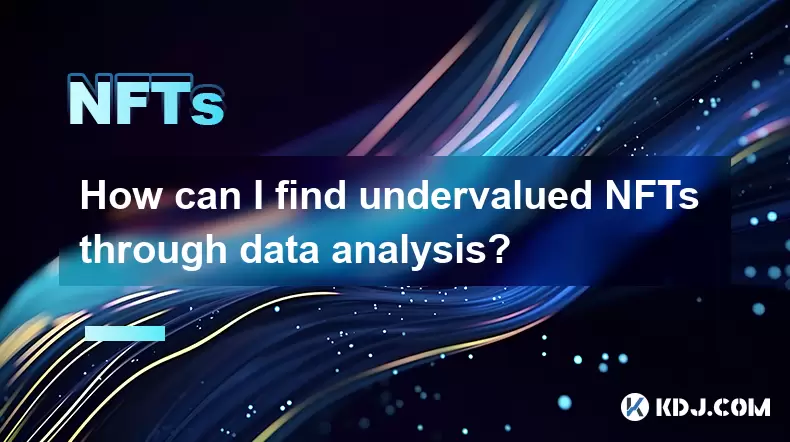
Understanding the NFT Market Landscape
The NFT market operates on blockchain networks, primarily Ethereum, Solana, and Polygon, where digital assets are tokenized and traded. To locate undervalued NFTs, one must first grasp the dynamics of supply, demand, and community engagement. Unlike traditional financial assets, NFTs derive value not only from rarity but also from utility, provenance, and social sentiment. Platforms like OpenSea, Blur, and Magic Eden offer extensive transaction histories, which serve as raw data for analysis. By leveraging tools that extract and interpret this data, investors can identify patterns that signal underpricing. Key metrics include floor price trends, trading volume, and holder distribution, all of which contribute to a holistic understanding of an NFT collection’s market position.
Collecting and Processing On-Chain Data
To analyze NFTs effectively, access to reliable on-chain data is essential. Tools such as Dune Analytics, Nansen, and CryptoSlam allow users to query blockchain data directly. For example, in Dune, you can create a dashboard that pulls the last 30 days of sales for a specific NFT collection. Start by identifying the contract address of the NFT project—this can be found on Etherscan or the marketplace listing. Once you have the address, use a SQL query to extract sale prices, timestamps, and buyer/seller addresses. Normalize the data by converting all prices to a single currency, such as ETH or USD, to enable comparison. Filter out outlier transactions, such as giveaways or self-transfers, which can distort average price calculations. This cleaned dataset forms the foundation for deeper analysis.
- Connect to a blockchain explorer API or use Dune’s pre-built dashboards
- Input the NFT contract address into your query
- Extract sale events, including price, block timestamp, and transaction hash
- Exclude non-market transactions using address pattern recognition
- Aggregate data by time intervals (daily, weekly) for trend analysis
Identifying Key Valuation Indicators
Certain quantitative indicators help determine whether an NFT is potentially undervalued. One of the most telling is the floor price to average price ratio. A low floor price relative to the average suggests that a subset of assets may be priced below intrinsic value. Another critical metric is holder concentration—if a small number of wallets hold a large percentage of the supply, it may indicate manipulation or hoarding, which can suppress prices. Conversely, broad distribution with steady accumulation by mid-sized holders often signals organic growth. Sales velocity—the number of transactions per day—should also be monitored. A sudden drop in volume despite stable prices could mean waning interest, while increasing volume at low prices may indicate accumulation by informed buyers.
- Calculate the floor price / average price ratio; values below 0.7 may indicate undervaluation
- Analyze top 10 holder concentration; over 30% ownership by a few wallets raises red flags
- Track sales velocity trends over time to detect shifts in market sentiment
- Monitor bid-to-floor ratio on marketplaces to assess buyer demand
Integrating Off-Chain Sentiment and Metadata Analysis
On-chain data alone is insufficient. Off-chain signals such as social media activity, community engagement, and project roadmap updates provide context. Use tools like LunarCrush or Santiment to gather social volume and sentiment scores for NFT projects. A project with rising Twitter/X mentions and positive sentiment, but stagnant prices, may be poised for revaluation. Additionally, metadata analysis of individual NFTs within a collection can uncover rare traits. For instance, in a 10,000-piece PFP collection, an NFT with a combination of three ultra-rare attributes (e.g., 'gold fur,' 'cyber eyes,' 'smoking pipe') may be listed below its intrinsic value if similar traits have sold higher recently. Use trait rarity calculators available on sites like Rarity.tools or Trait Sniper to quantify this.
- Scrape Discord and Twitter feeds using RSS or API integrations
- Assign rarity scores to each NFT based on trait frequency
- Compare listed price of high-rarity NFTs against recent sale prices of similar ones
- Flag listings where price is below 80% of comparable sales
Executing Data-Driven Purchase Strategies
Once potential undervalued NFTs are identified, executing purchases requires precision. Use smart order routing across multiple marketplaces to find the best available price. For example, a rare NFT might be listed for 2.5 ETH on OpenSea but available for 2.3 ETH on Blur due to lower fees and auction dynamics. Set up price alerts using tools like ICY.tools or custom scripts via Moralis or Alchemy. When an alert triggers, act quickly—undervalued assets are often snapped up within minutes. Consider using gas optimization strategies on Ethereum; schedule purchases during low network congestion to reduce transaction costs. Always verify the authenticity of the listing by checking the contract address and ensuring it matches the official project.
- Cross-check listings on OpenSea, Blur, and LooksRare simultaneously
- Enable real-time notifications for drops below a set price threshold
- Confirm contract legitimacy to avoid counterfeit or phishing listings
- Execute transactions during low gas periods using Etherscan Gas Tracker
Frequently Asked Questions
How do I verify the authenticity of an NFT’s contract address?Always obtain the contract address from the project’s official website or verified social media channels. Cross-reference it with blockchain explorers like Etherscan—look for the 'Contract' tab on OpenSea listings and ensure it matches. Verified contracts display a blue checkmark on Etherscan, indicating community confirmation.
Can I automate the detection of undervalued NFTs?Yes, using APIs from Alchemy, Moralis, or The Graph, you can build scripts that monitor price deviations, rarity mismatches, and trading volume. Combine this with webhooks to send alerts when predefined conditions are met, such as a rare trait selling below its historical average.
What role does liquidity play in NFT valuation?Low liquidity can make an NFT appear undervalued when it’s actually illiquid. Check the bid depth—the number and size of active buy offers. An NFT with no bids, even at a low price, lacks real demand. High liquidity with tight bid-ask spreads indicates a healthier, more accurately priced market.
Are older NFT collections more likely to be undervalued?Not necessarily. While some early projects like CryptoPunks have inherent historical value, many older collections suffer from declining interest. Focus on ongoing utility, active development, and community engagement rather than age alone. A two-year-old project with regular updates may be more promising than a newer one with hype but no roadmap.
Disclaimer:info@kdj.com
The information provided is not trading advice. kdj.com does not assume any responsibility for any investments made based on the information provided in this article. Cryptocurrencies are highly volatile and it is highly recommended that you invest with caution after thorough research!
If you believe that the content used on this website infringes your copyright, please contact us immediately (info@kdj.com) and we will delete it promptly.
- BlockchainFX: The Crypto Presale Primed for a 2025 ROI Explosion
- 2025-09-27 18:25:19
- ETH Price Check: Smart Money Stays Cool Amidst ATH Rollercoaster
- 2025-09-27 18:25:19
- Aster Price, MrBeast, and DEX Volumes: What's the Buzz?
- 2025-09-27 18:45:11
- Shiba Inu, Meme Coins, and MAGACOIN FINANCE: What's Next?
- 2025-09-27 18:45:11
- Aster DEX: Navigating DeFi's Future with Price Predictions and Key Insights
- 2025-09-27 18:50:01
- Virtuals Protocol's New Genesis: A Deep Dive into the Launch and $VIRTUAL's Potential
- 2025-09-27 18:50:01
Related knowledge
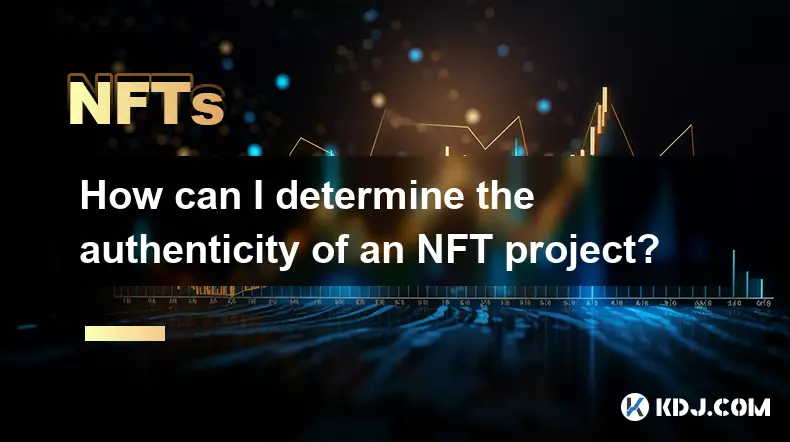
How can I determine the authenticity of an NFT project?
Sep 23,2025 at 05:18pm
Understanding the Project Team and Their Background1. Research the identities of the team members behind the NFT project. Verified social media profil...
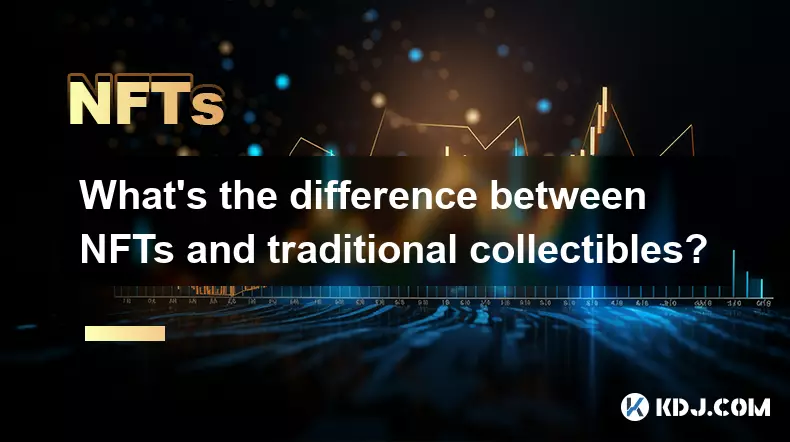
What's the difference between NFTs and traditional collectibles?
Sep 19,2025 at 12:55pm
Digital Ownership and Provenance1. NFTs are built on blockchain technology, which ensures transparent and immutable records of ownership. Every transa...
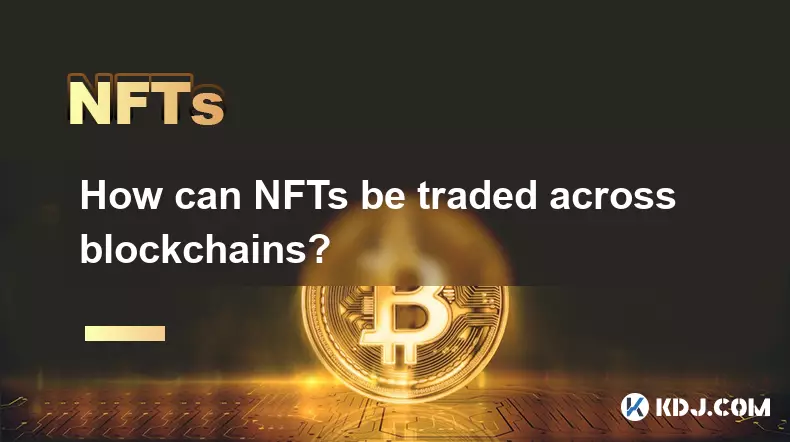
How can NFTs be traded across blockchains?
Sep 19,2025 at 12:00pm
Understanding Cross-Chain NFT Trading1. Non-fungible tokens (NFTs) are digital assets that represent ownership of unique items on a blockchain. Origin...
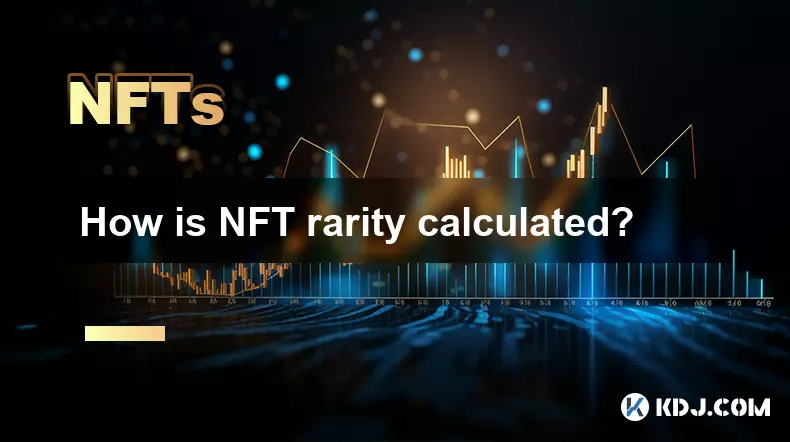
How is NFT rarity calculated?
Sep 18,2025 at 07:54pm
Understanding NFT Rarity Metrics1. NFT rarity is determined by analyzing the uniqueness of individual traits within a collection. Each NFT typically c...
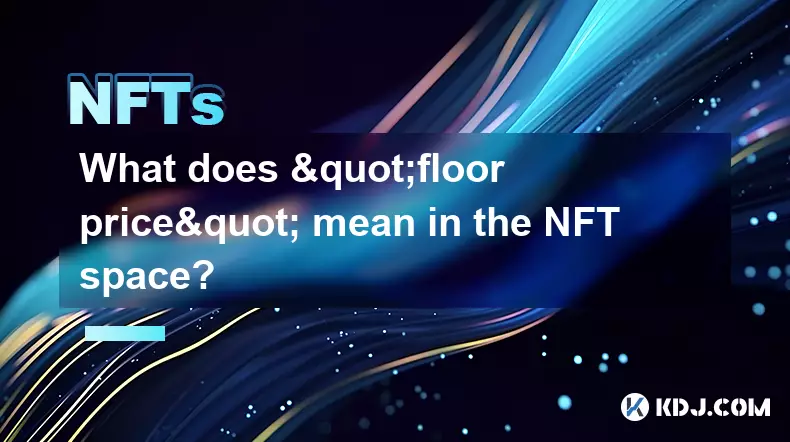
What does "floor price" mean in the NFT space?
Sep 22,2025 at 06:36am
Floor Price: A Core Metric in the NFT Marketplace1. The term floor price refers to the lowest current asking price for any item within a specific NFT ...

How do NFTs help content creators?
Sep 18,2025 at 08:00am
NFTs Empower Creators with Ownership and Monetization1. NFTs provide content creators with verifiable ownership of their digital works, ensuring authe...

How can I determine the authenticity of an NFT project?
Sep 23,2025 at 05:18pm
Understanding the Project Team and Their Background1. Research the identities of the team members behind the NFT project. Verified social media profil...

What's the difference between NFTs and traditional collectibles?
Sep 19,2025 at 12:55pm
Digital Ownership and Provenance1. NFTs are built on blockchain technology, which ensures transparent and immutable records of ownership. Every transa...

How can NFTs be traded across blockchains?
Sep 19,2025 at 12:00pm
Understanding Cross-Chain NFT Trading1. Non-fungible tokens (NFTs) are digital assets that represent ownership of unique items on a blockchain. Origin...

How is NFT rarity calculated?
Sep 18,2025 at 07:54pm
Understanding NFT Rarity Metrics1. NFT rarity is determined by analyzing the uniqueness of individual traits within a collection. Each NFT typically c...

What does "floor price" mean in the NFT space?
Sep 22,2025 at 06:36am
Floor Price: A Core Metric in the NFT Marketplace1. The term floor price refers to the lowest current asking price for any item within a specific NFT ...

How do NFTs help content creators?
Sep 18,2025 at 08:00am
NFTs Empower Creators with Ownership and Monetization1. NFTs provide content creators with verifiable ownership of their digital works, ensuring authe...
See all articles





















